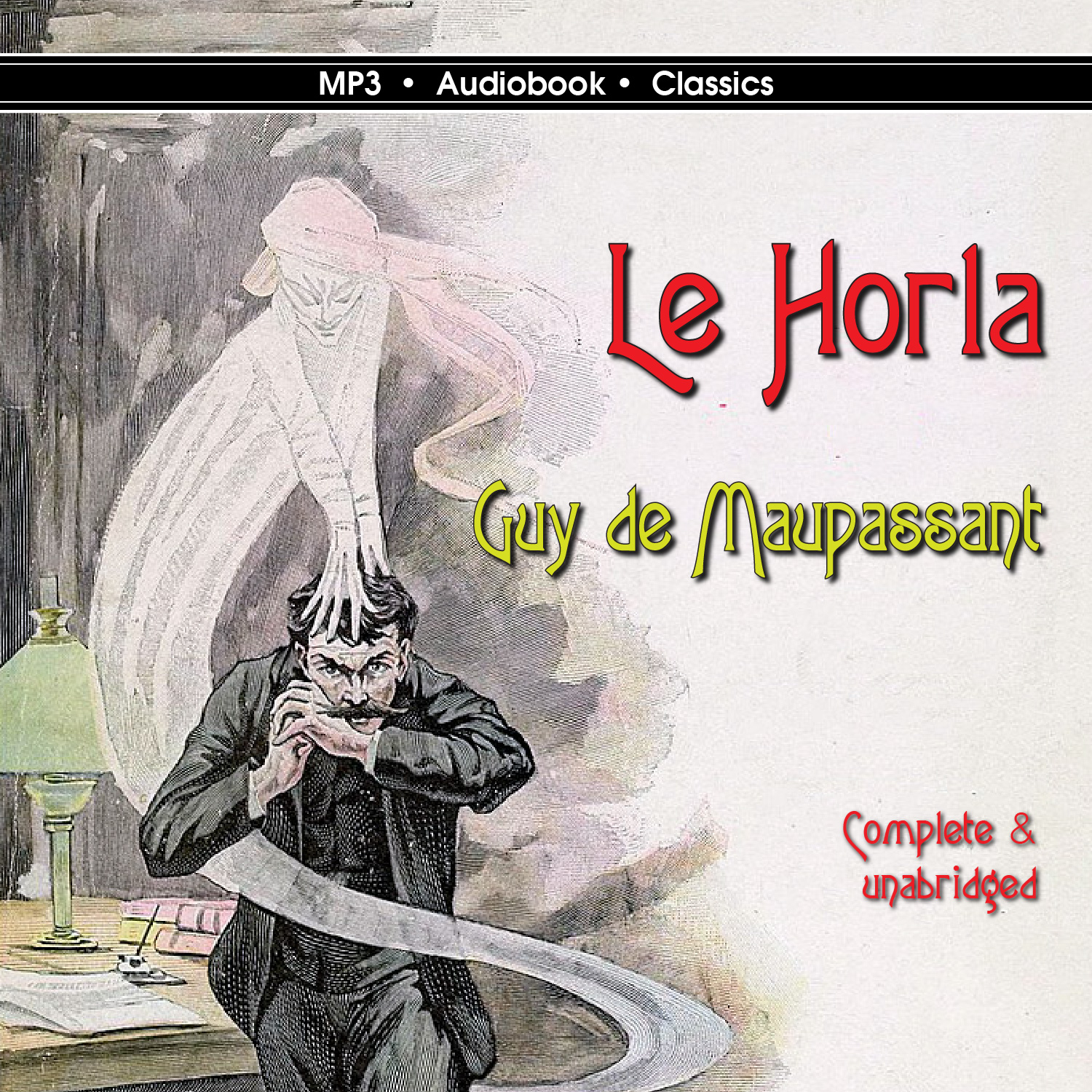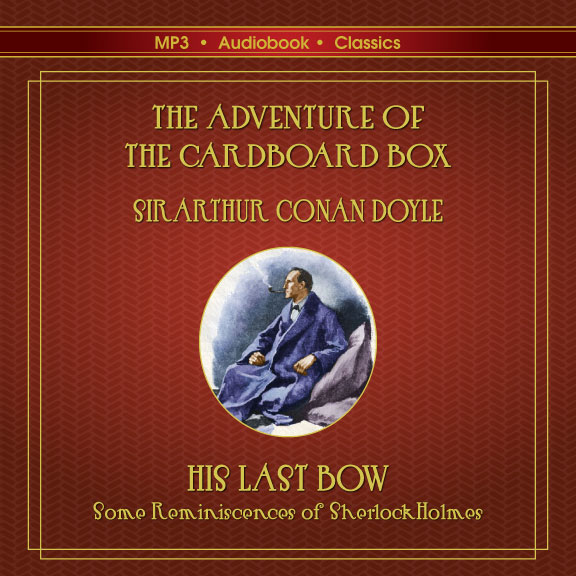
Le Horla
By Guy de Maupassant
Le Horla is a short horror story published in 1887 by Guy de Maupassant. Written in the form of a journal by an upper-class, unmarried narrator, it conveys his troubled thoughts and anguish that begin four days after he spies a beautiful Brazilian three-masted schooner while sailing and waves to it, unconsciously beckoning a supernatural being to his ship. He soon senses the presence of a being that he calls the “Horla”, a neologism that combines the French words “hors”, meaning “outside”, and “la” meeting “there,” and that can be defined as “the outsider” or “what’s out there”. He contracts a high fever, wrestles with insomnia, and awakes from nightmares sensing someone kneeling on his chest and watching him; he wonders if he is going mad when he discovers the glass of water beside his bed is empty despite his not having drunk from it. When he reads about a large number of Brazilians who have fled their homes bemoaning the fact that “they are pursued, possessed and governed… by a species of vampires which feeds on their life while they are asleep… [and] and drinks water”, he realizes that the Horla had come from the vessel he had hailed. The presence of the Horla becomes increasingly intolerable to the point he is ready to kill either the spirit or himself. The story is cited as the inspiration for H. P. Lovecraft’s “The Call of Cthulhu” and has inspired or been adapted for many film, television, and radio productions.



